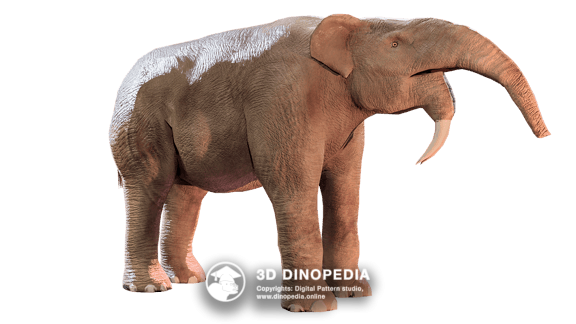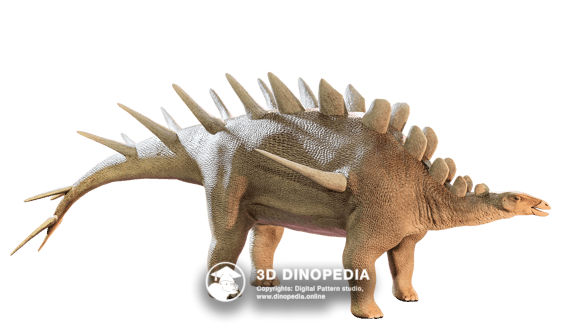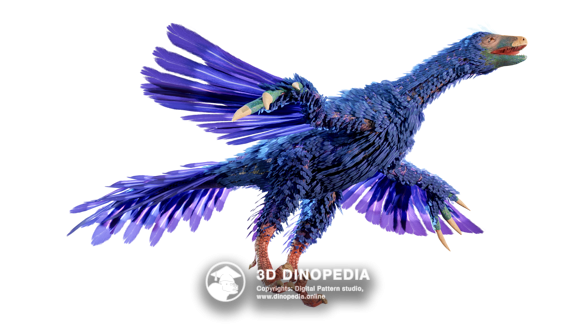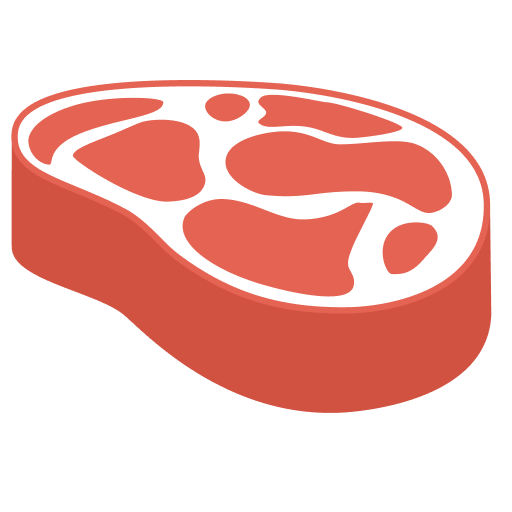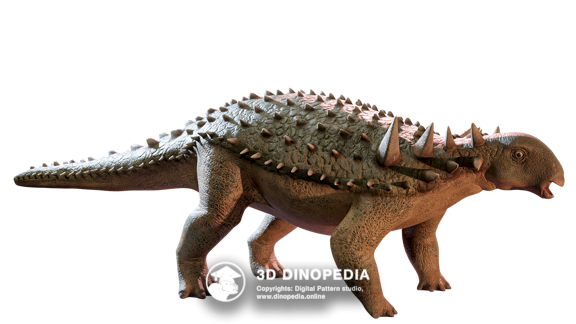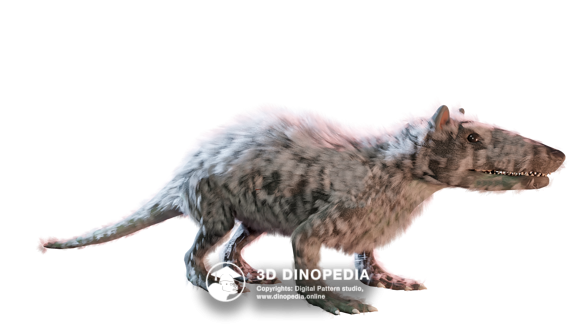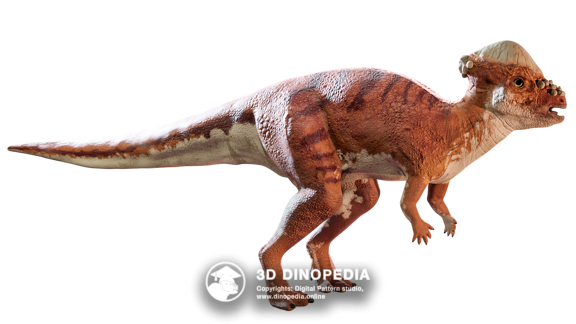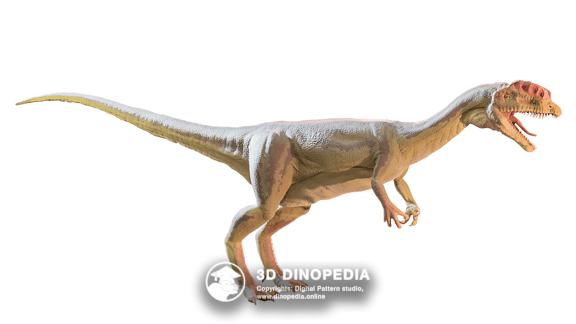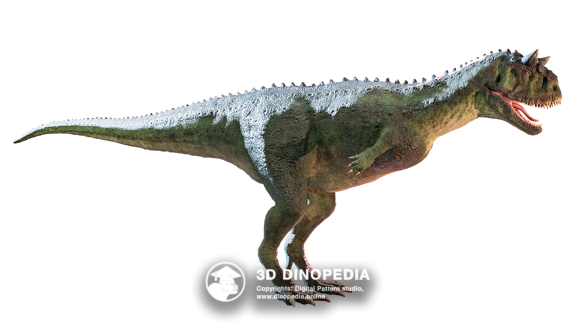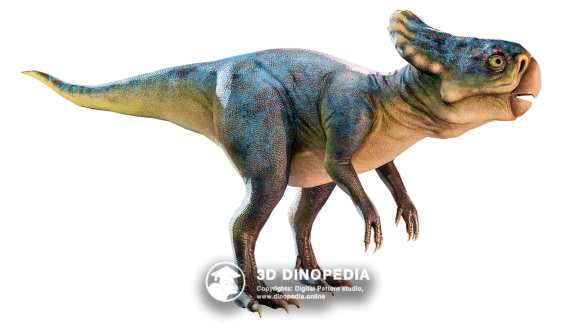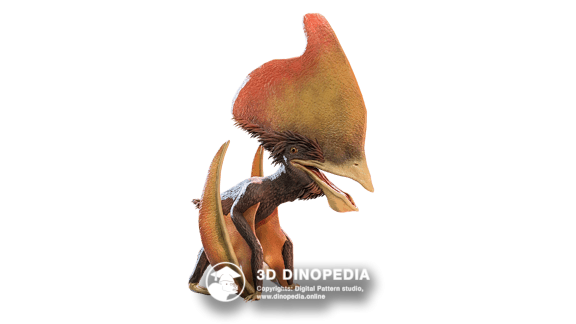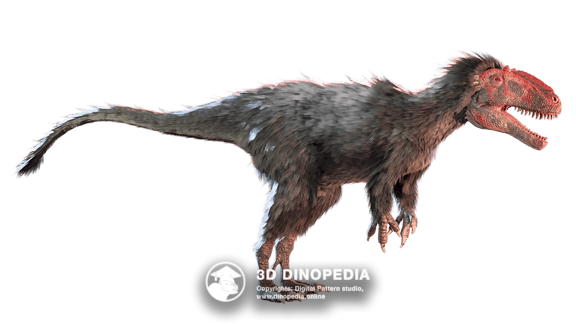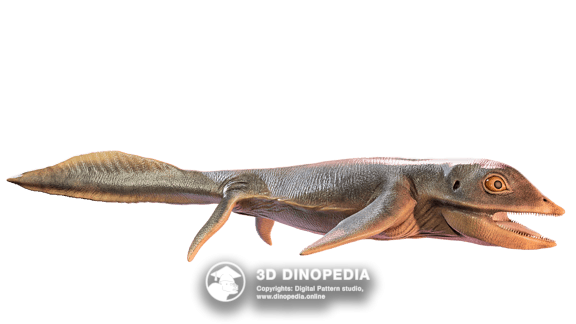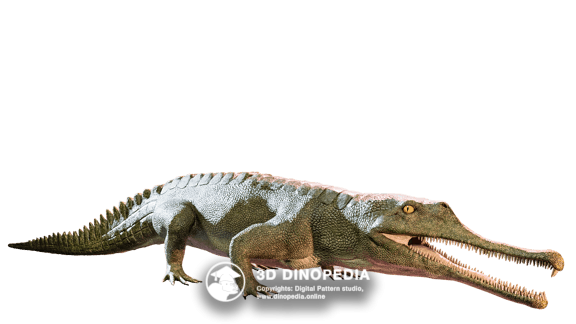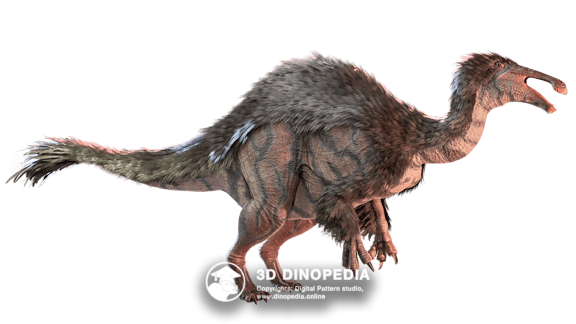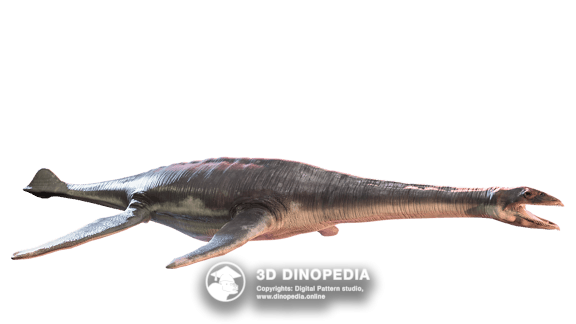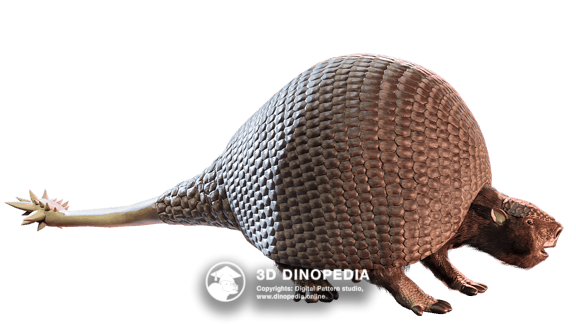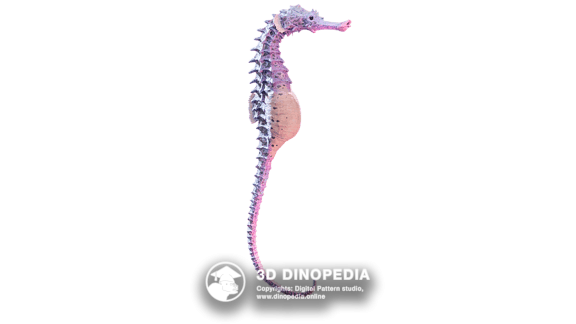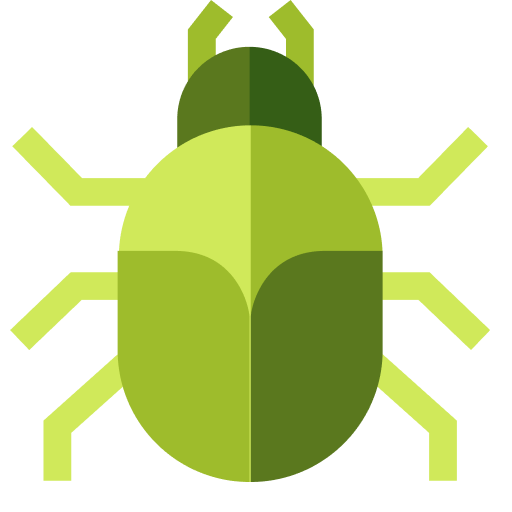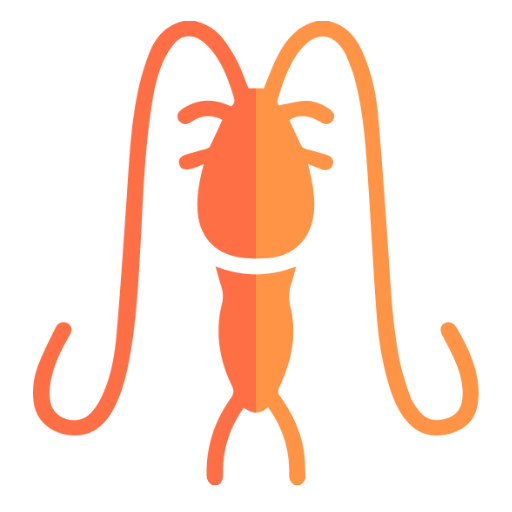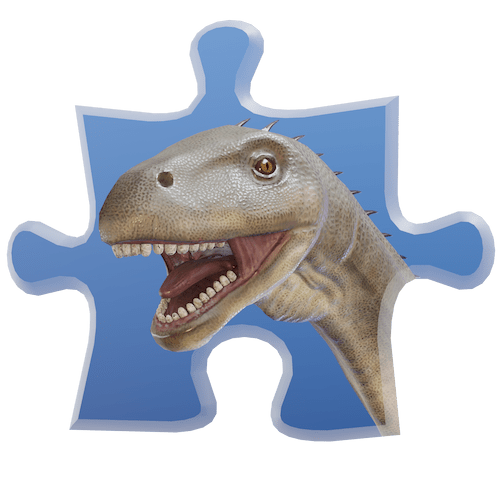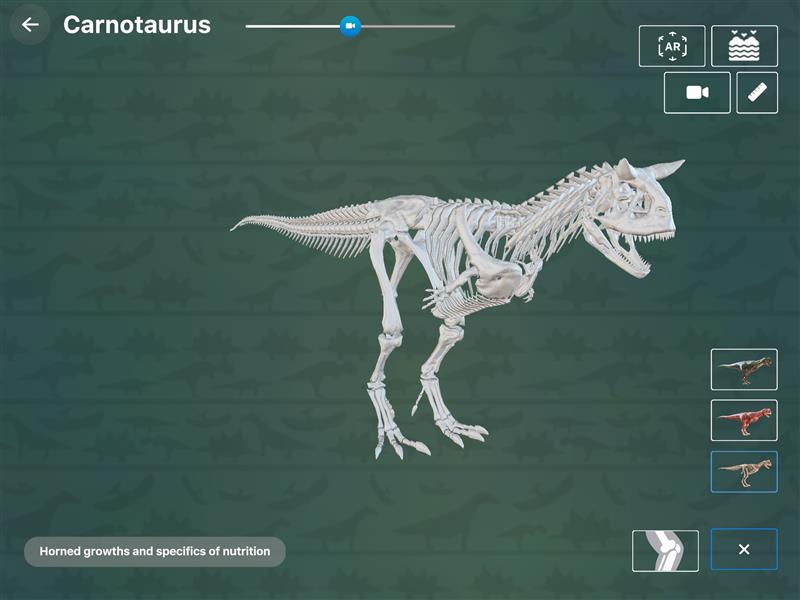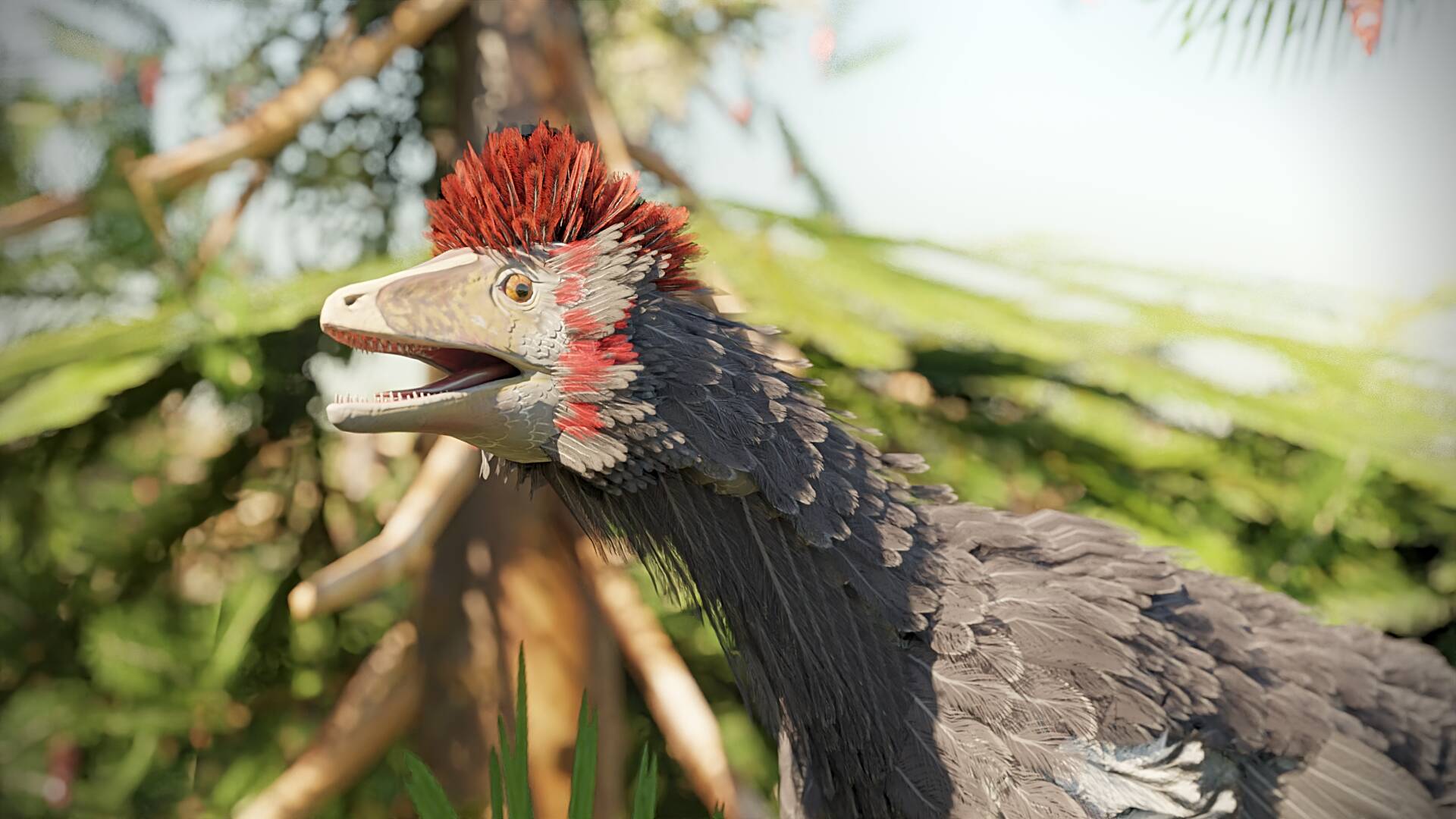Deinotherium

Name meaning:
Terrible beast
Period of life:
15-1 mya
Period:
Habitat:
Rainforests
Taxonomy:
Mammals
Countries:



Deinotherium is a giant prehistoric animal that lived on earth more than two million years ago. In 1963, the most complete fossil remains of deinotherium were discovered on the territory of Ukraine. Its resemblance to the modern elephant is only external: at an early stage of evolution, the ancestors of Deinotherium were split with the ancestors of the Proboscideas. Although both have trunks and tusks, their families are different. In height, the deinotherium reached about 4 meters at the shoulder. Live weight was up to 14 tons. For comparison, the weight of the African elephant is only about 7 tons. In history, it is one of the largest land mammals.
The daily diet of a prehistoric animal was about 300 - 350 kilograms. Deinotherium could find food only in dense deciduous forests. Scientists note that such forests were its habitat. Having small ears and a medium-length trunk, Deinotherium had an unusual lower jaw, the distinguishing feature of which were downward-curved tusks. Paleontologists are still arguing about why the animal needed these large incisors. According to some - to make it more convenient to bend branches. Others believe that the incisors of the mammal were needed to chip bark from trees. But scientists have not come to a common opinion.
Discussions
Other animals
 INTERESTING FACTS
INTERESTING FACTS
 PUZZLES
PUZZLES
 HOME
HOME
 3D MODEL "SKIN"
3D MODEL "SKIN"
 3D MODEL "MUSCLES"
3D MODEL "MUSCLES"
 3D MODEL "SKELETON"
3D MODEL "SKELETON"
 VISION
VISION
 NEIGHBORS
NEIGHBORS
 VOICE ACTING
VOICE ACTING
 AR - MODE
AR - MODE
 GALLERY
GALLERY
 HISTORY OF DISCOVERIES
HISTORY OF DISCOVERIES
